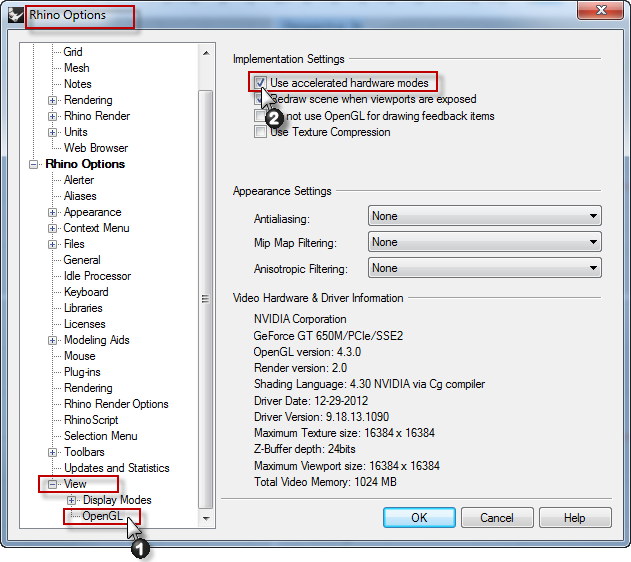
The knots are a list of degree+N-1 numbers, where N is the number of control points. Rhino provides tools for examining and changing control point weights.

A few NURBS curves, circles and ellipses being notable examples, are always rational. In practice, most NURBS curves are non-rational. The R in NURBS stands for rational and indicates that a NURBS curve has the possibility of being rational. When a curve’s control points all have the same weight (usually 1), the curve is non-rational. With a few exceptions, weights are positive numbers. The control points have an associated number called a weight. Rhino provides other tools tailored for small precise adjustments. To perform large free-form adjustments you simply use the mouse to drag the control point. Rhino provides several ways to move control points. One of easiest ways to change the geometry of a NURBS curve is to move its control points. The control points are a list of at least (degree+1) points. Rhino provides tools that can change degrees to any value in the range from 1 to 32. It is not possible to reduce a NURBS curve’s degree without changing its shape. It is possible to increase the degree of a NURBS curve and not change its shape. Consequently, the degree is equal to order-1. The order of a NURBS curve is positive whole number equal to (degree+1). You may see references to the order of a NURBS curve. Linear means degree 1, quadratic means degree 2, cubic means degree 3, and quintic means degree 5. Sometimes the terms linear, quadratic, cubic, and quintic are used. Rhino will let you work with NURBS that have degrees from 1 to 32. And most Rhino free-form curves are degree 3 or 5. Rhino has surface tools that are analogous to the curve tools mentioned below.Ī NURBS curve is defined by four things: degree, control points, knots, and an evaluation rule. Since curves are easiest to describe, we’ll cover them in detail.

NURBS curves and surfaces behave in similar ways and share a lot of terminology. Rhino uses NURBS to represent curves and surfaces.

If you are comfortable reading mathematical formulae, you can get more detailed information at the Books and papers on NURBS section at the openNURBS web site. There are lots of ways to answer this question.


 0 kommentar(er)
0 kommentar(er)
